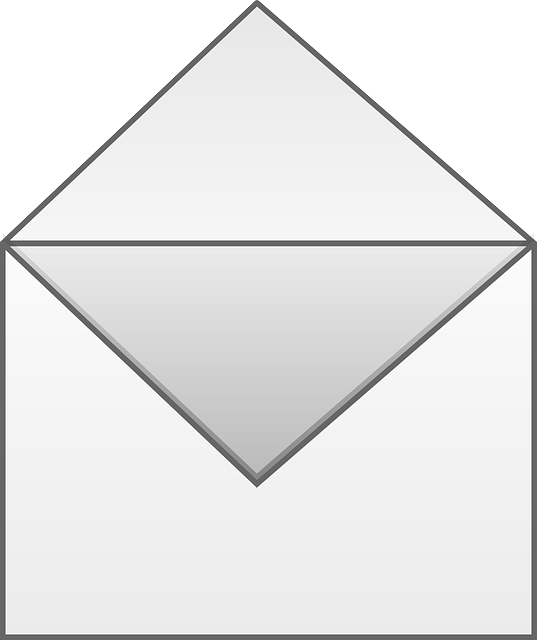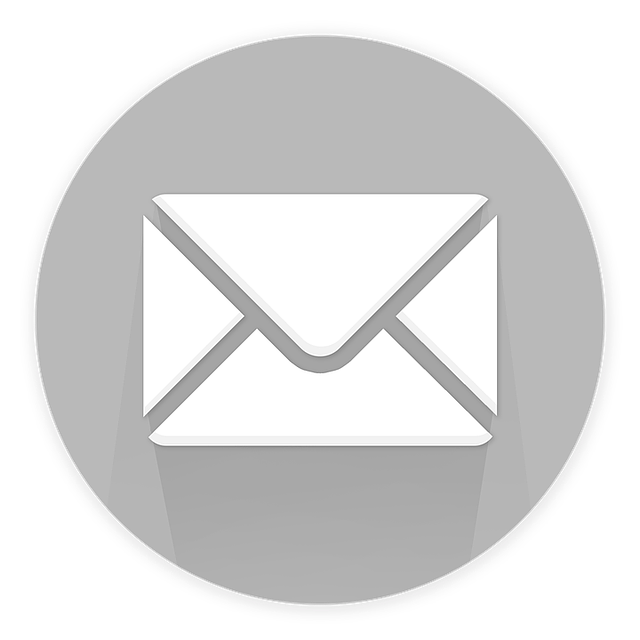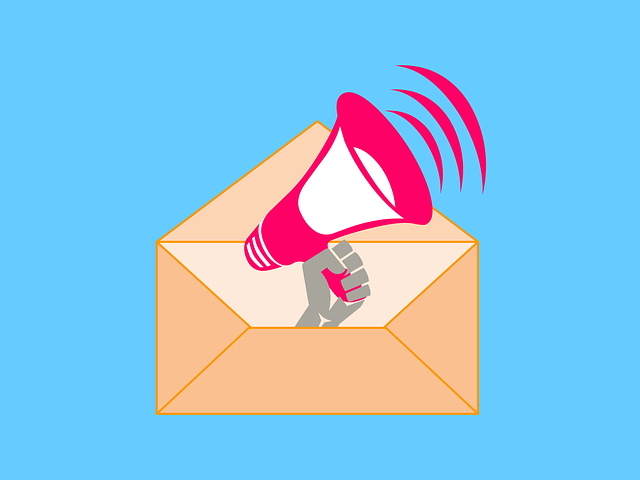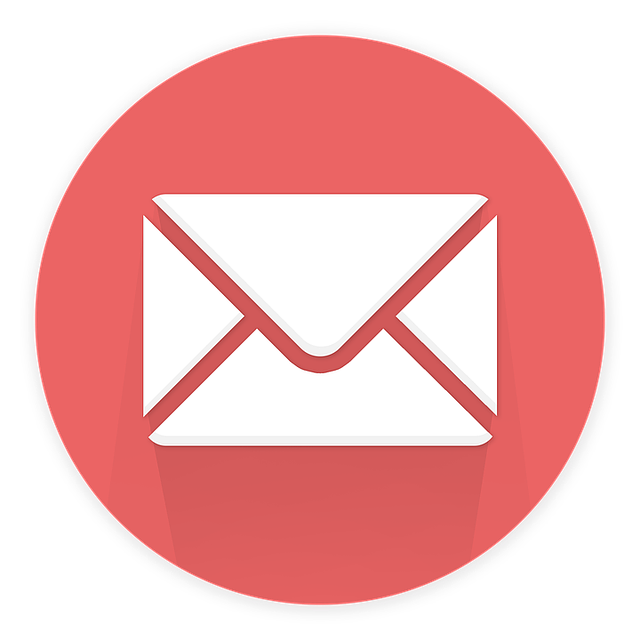Did you know that personalized emails have a higher open rate of 18.8%, compared to the average open rate of 13.1%?
In the competitive travel and hospitality industry, effectively segmenting your email list can make all the difference in engaging and converting your audience. By grouping your subscribers based on specific characteristics and behaviors, you can tailor your messages to their unique preferences and needs, ultimately boosting customer satisfaction and loyalty.
In this article, we will explore eight powerful ways to segment your email list in the travel and hospitality industry. From demographic and geographic segmentation to behavior-based and psychographic segmentation, each method offers valuable insights that can help you deliver targeted and impactful marketing campaigns.
Additionally, we will delve into purchase history segmentation and loyalty program segmentation, two strategies that can further personalize your communication and drive repeat business.
Get ready to take your email marketing to the next level and achieve remarkable results in the travel and hospitality industry!
Key Takeaways
- Personalized emails have a higher open rate in the travel and hospitality industry.
- Segmenting email lists based on demographic, income, travel preferences, and geographic segmentation can boost customer satisfaction and loyalty.
- Behavior-based segmentation using website activity, purchase history, and email engagement metrics can increase customer engagement.
- Loyalty program segmentation can target and engage loyal customers, leading to higher retention rates and conversion rates.
Demographic Segmentation
You can easily connect with your audience on a personal level by using demographic segmentation. This allows you to tailor your travel and hospitality offerings to their specific needs and desires.
Income segmentation is one way to divide your email list based on the income levels of your subscribers. By understanding their income range, you can create targeted promotions and discounts that cater to their budget.
Another effective method is travel preferences segmentation. This involves categorizing your subscribers based on their travel preferences, such as adventure travel, luxury vacations, or family-friendly destinations. By knowing their preferences, you can send them personalized recommendations and exclusive deals that align with their interests.
Now, let’s move on to the next section about geographic segmentation, where you can further refine your email list based on location.
Geographic Segmentation
Imagine exploring a treasure map that leads you to uncover hidden gems in different corners of the world, allowing you to tailor unforgettable travel experiences based on the geographic preferences of your audience.
Geographic segmentation is a powerful tool in the travel and hospitality industry, enabling you to effectively reach and engage with your customers. By implementing localization strategies and destination-based targeting, you can personalize your marketing messages, promotions, and offers to specific locations, ensuring that your audience receives relevant and enticing content.
Whether it’s highlighting the picturesque beaches of Bali or the stunning architecture in Paris, geographic segmentation allows you to connect with your customers on a deeper level, showcasing the destinations that resonate with them the most.
Now, let’s dive into the next section and explore behavior-based segmentation, another valuable technique to further enhance your email marketing efforts.
Behavior-based Segmentation
Uncovering hidden insights about your customers’ behaviors can revolutionize your marketing strategies and take your campaigns to new heights. By segmenting your email list based on behavior, you can tailor your messages to individual preferences and increase customer engagement.
Here are five ways to implement behavior-based segmentation in the travel and hospitality industry:
-
Tracking website activity: Monitor which pages your subscribers visit on your website to understand their interests and preferences.
-
Purchase history: Analyze past purchases to create personalized recommendations and targeted offers.
-
Email engagement: Segment your list based on open rates, click-through rates, and other email engagement metrics to send relevant content to each group.
-
Social media interactions: Use data from social media platforms to segment your list and send targeted messages to different customer segments.
-
Surveys and feedback: Collect information through surveys and feedback forms to gather insights and preferences.
By using behavior-based segmentation, you can provide personalized recommendations and improve customer engagement strategies. This sets the stage for the next section on psychographic segmentation, where you can delve deeper into understanding your customers’ motivations and preferences.
Psychographic Segmentation
Discover the hidden desires and motivations of your customers, allowing you to create personalized experiences that resonate deeply with their unique psychographic profiles. By conducting a lifestyle analysis and personality profiling, you can gain valuable insights into your customers’ interests, values, and attitudes.
Lifestyle analysis involves examining customers’ activities, interests, and opinions to understand their preferences and behaviors. This information can help you tailor your marketing messages and offerings to better align with their lifestyles.
Personality profiling delves even deeper, exploring customers’ personality traits, values, and motivations to understand what drives their decision-making. By segmenting your email list based on psychographics, you can send targeted and relevant content that speaks directly to your customers’ preferences, increasing engagement and loyalty.
Transitioning into the next section about ‘purchase history segmentation’, you can also analyze customers’ past buying behaviors to further refine your marketing strategies.
Purchase History Segmentation
By analyzing customers’ past purchases, you can tailor your marketing strategies to better meet their needs and increase customer satisfaction. Understanding their purchase history allows you to segment your email list based on customer preferences and engagement level. This helps you create personalized and targeted campaigns that resonate with your audience.
Here are five ways to segment your email list using purchase history segmentation:
- Target customers who frequently book luxury accommodations for exclusive offers on high-end resorts.
- Offer discounts and promotions to customers who have previously purchased family-friendly vacation packages.
- Send personalized recommendations based on customers’ past travel destinations and activities.
- Create loyalty programs that reward customers for repeat bookings and encourage them to refer friends and family.
- Segment customers who have made last-minute bookings to provide them with special deals on spontaneous getaways.
Now, let’s dive into the next section about loyalty program segmentation.
Loyalty Program Segmentation
To effectively target and engage your loyal customers, you can implement loyalty program segmentation. This strategy has been shown to increase customer retention rates by an average of 25%.
By segmenting your email list based on loyalty program status, you can tailor your communication and offers to meet the specific needs and preferences of your most valuable customers. Personalized offers have been proven to drive higher engagement and conversion rates, as customers feel valued and recognized.
For example, you can send exclusive discounts or rewards to your top-tier loyalty members, encouraging them to continue booking with your travel or hospitality business.
Additionally, segmentation allows you to track and analyze the behavior of your loyal customers. This enables you to refine your marketing strategies and further enhance customer retention.
Frequently Asked Questions
How can email segmentation benefit the travel and hospitality industry?
Personalized emails in the travel and hospitality industry offer numerous benefits. By segmenting your email list, you can send tailored content to specific customer groups, increasing engagement and satisfaction.
Targeted email campaigns allow you to deliver relevant offers, promotions, and travel suggestions based on customers’ preferences and previous interactions. This personalized approach not only improves customer experience but also boosts conversion rates and loyalty.
Don’t miss out on the opportunity to connect with your audience on a deeper level through effective email segmentation.
What are some challenges that companies in the travel and hospitality industry may face when implementing email segmentation?
Challenges can arise when implementing email segmentation in the travel and hospitality industry. One interesting statistic is that 68% of companies struggle with maintaining accurate customer data for segmentation purposes. This can hinder the effectiveness of targeted email campaigns.
Implementation difficulties may also include the need for a robust email marketing platform, skilled staff to manage segments, and the time required to properly segment and personalize campaigns. However, overcoming these challenges can lead to higher customer engagement and increased conversions.
Are there any best practices or strategies for effectively segmenting email lists in the travel and hospitality industry?
To effectively segment your email list in the travel and hospitality industry, personalization is key. Tailoring your emails to specific customer groups based on their preferences and behaviors can greatly improve engagement.
Optimize your subject lines with enticing and relevant keywords to grab attention.
Make sure your email content is valuable and appealing, offering exclusive deals or personalized recommendations.
By using these strategies, you’ll create a more engaging and persuasive email marketing campaign that resonates with your audience.
Can you provide examples of successful email segmentation campaigns in the travel and hospitality industry?
Are you looking to take your email marketing campaigns in the travel and hospitality industry to the next level? Personalized recommendations and targeted promotions can make all the difference.
Imagine being able to send tailored travel suggestions based on your subscribers’ preferences, or exclusive deals on their favorite destinations. By segmenting your email list effectively, you can create impactful campaigns that speak directly to your audience’s interests and needs.
Let me provide you with some successful examples that have achieved remarkable results in this industry.
How can companies in the travel and hospitality industry measure the success of their email segmentation efforts?
To measure the success of your email segmentation efforts in the travel and hospitality industry, analytics is crucial. By tracking key metrics, you can evaluate the effectiveness of your email segmentation strategy.
Look at metrics like open rates, click-through rates, conversion rates, and revenue generated. These numbers will provide valuable insights into how well your segmented campaigns are resonating with your audience and driving results.
By analyzing these metrics, you can make data-driven decisions to optimize your email marketing campaigns and drive even better results.
Conclusion
So there you have it, 8 effective ways to segment your email list in the travel and hospitality industry.
By utilizing these strategies, you can target your audience more effectively, delivering personalized and relevant content that will keep them engaged and coming back for more.
Whether it’s through demographic, geographic, behavior-based, psychographic, purchase history, or loyalty program segmentation, the possibilities are endless.
So go ahead and give it a try, and watch your email marketing soar to new heights. You’ll be amazed by the results, guaranteed!










